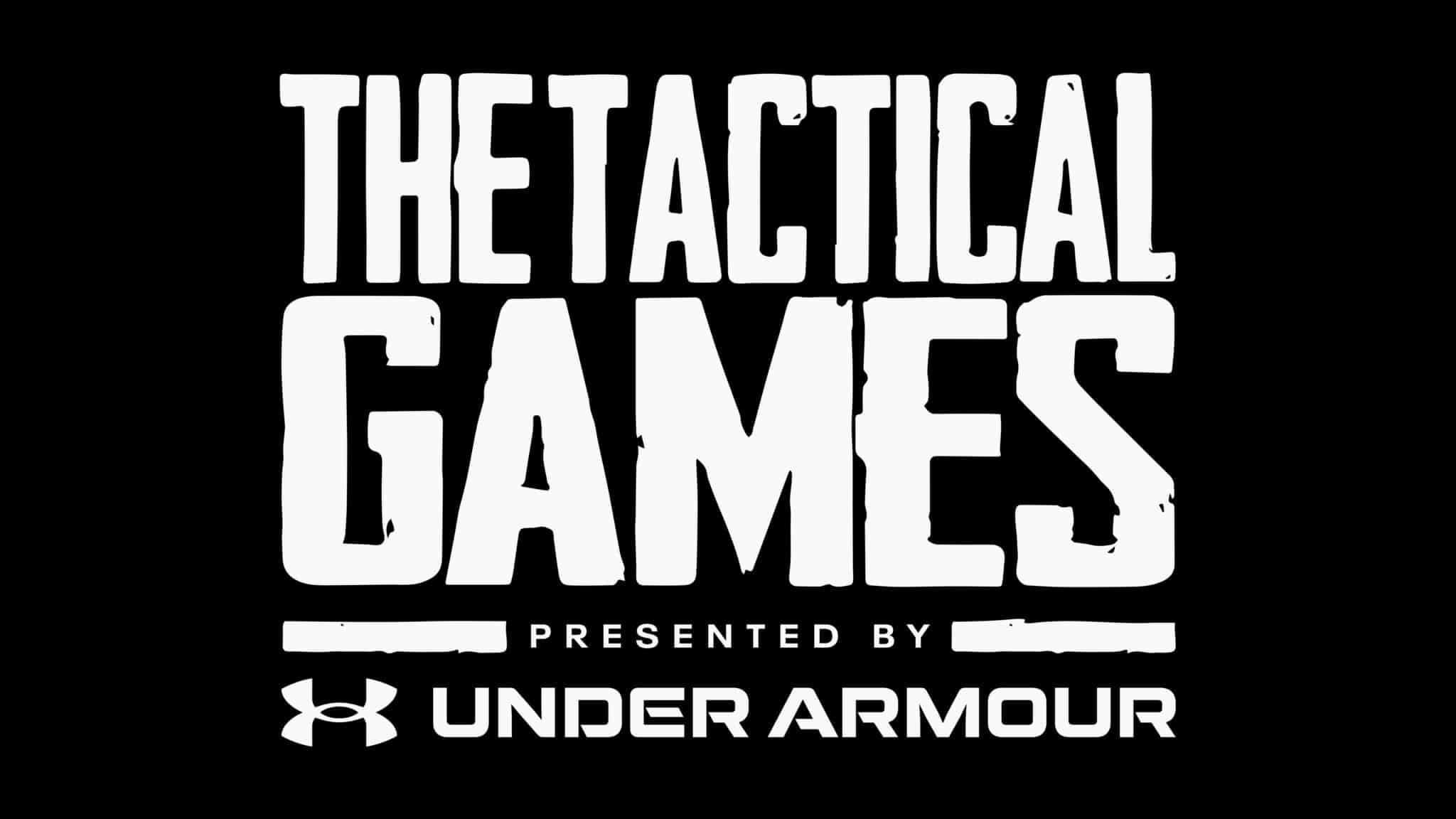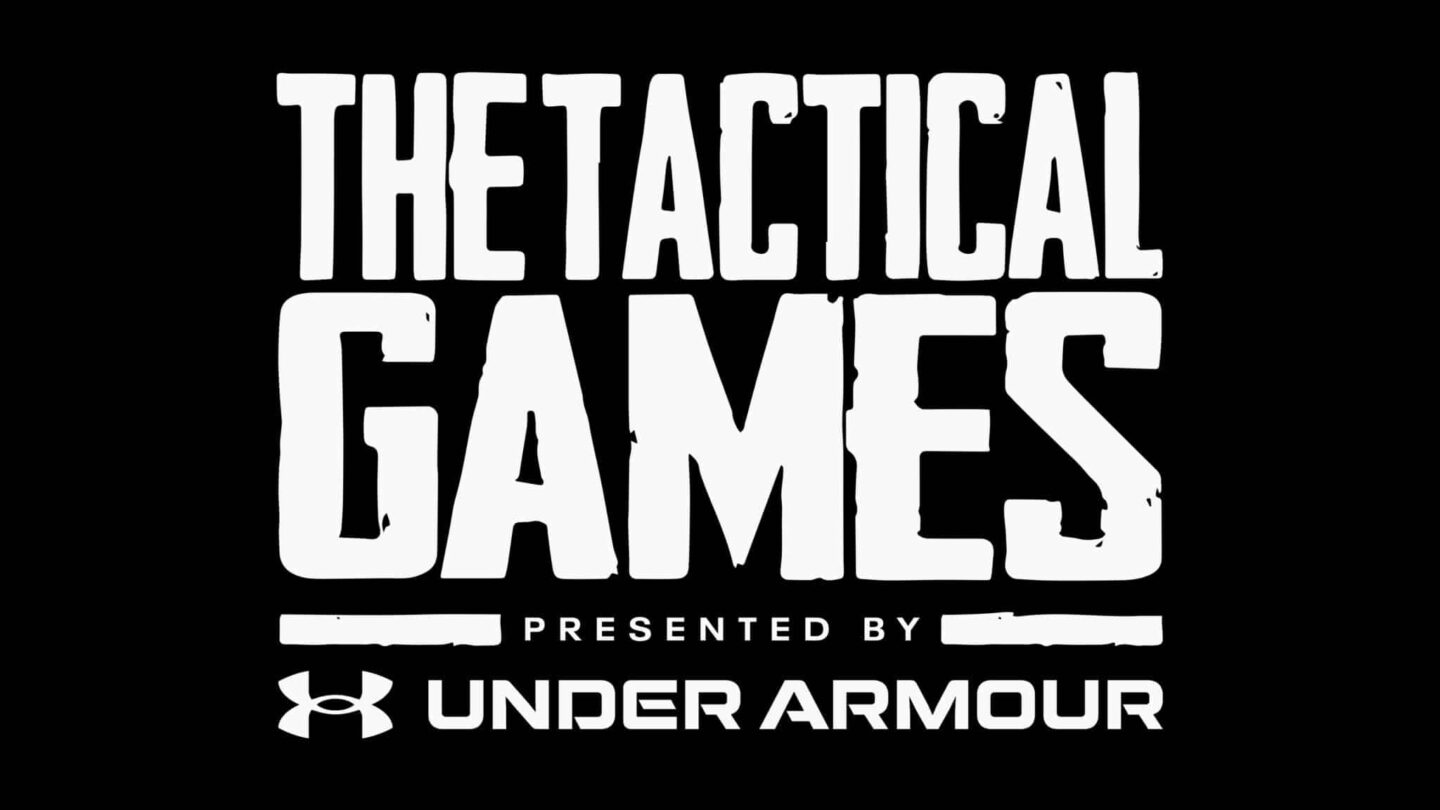Tactical Games Performance Podcast: Deep Dive into Team Competitions
Watch the full podcast episode here
Introduction
The Tactical Games Performance Podcast brings a fresh format focused on deep dives into the performance of competitors at specific events. The podcast now highlights shooting percentages, finish times, and stage progressions. The goal is to provide insights into the training, expectations, and actual performances of top athletes across different divisions. This episode focuses on the New Hampshire team event, one of the standout locations in the competition calendar.
The New Hampshire Team Event Overview
This event, the second team event of the year, differed from standard regional events by offering a more relaxed atmosphere with an emphasis on fun rather than pure competition. However, it still provided valuable insights for all competitors, including those in non-qualifying divisions, to assess their performance against others and adjust their training accordingly.
Key Takeaways from the Event
1. Rise of Co-ed Teams
- The event saw a significant number of co-ed teams, with many top-tier athletes pairing up. The dynamics of co-ed teams, especially in communication and coordination during action stages, were a highlight. It was noted that female competitors who could shoot well brought a significant advantage to their teams.
2. Performance Analysis
- Team Sig’s Dominance: Team Sig Sauer Academy showed a strong presence, with competitors like Austin Green dominating their division with superior shooting skills and overall performance. The analysis highlighted the importance of shooting accuracy in determining the overall standings.
- Communication and Strategy: The importance of communication in team events, especially during action stages like the carbine shoot, was emphasized. Teams that communicated effectively saw better results.
3. Stage Breakdowns
- Stage 1: Hawk to a Gun
- This stage demonstrated the tight competition, with only a second separating the top teams. The key to success was efficient communication and shooting accuracy.
- Stage 2: Space Balls
- Co-ed teams performed well, with the physical demands balanced by shooting efficiency. Teams with fewer misses generally outperformed those who finished faster but had more penalties.
- Stage 3: Till You Drop
- A point stage that required strategy in balancing physical endurance and shooting accuracy. The top teams were closely matched, with only a 5% difference between first and fourth place.
- Stage 4: Mailbox Number 49
- This was a straightforward run stage with significant elevation gain. Katie Knight stood out for her incredible running ability, emphasizing the importance of physical conditioning in these events.
- Stage 5: More Sopapapas Please
- A physically demanding stage with ascending weights. Shooting accuracy again played a critical role, with just one shot determining the top spot.
- Stage 6: Triple Booked
- A grueling three-part stage that tested both physical endurance and shooting skills. The strategy of rope climbs to earn magazines was crucial, with the top teams showing strong coordination and communication.
Reflections on Scoring and Programming
The podcast discussed some challenges with scoring, particularly the importance of accuracy in assessing penalties and the impact of small errors on final standings. The importance of clear communication and detailed planning in event programming was also emphasized, ensuring a balanced and fair competition.
Conclusion
This episode provided an in-depth look at the tactical aspects of the New Hampshire team event, with valuable insights for competitors on how to improve their performance. The Tactical Games continue to evolve, with this podcast offering a platform to dissect and understand the intricacies of the sport.
Tune in next time for more detailed analysis and breakdowns of upcoming Tactical Games events.

